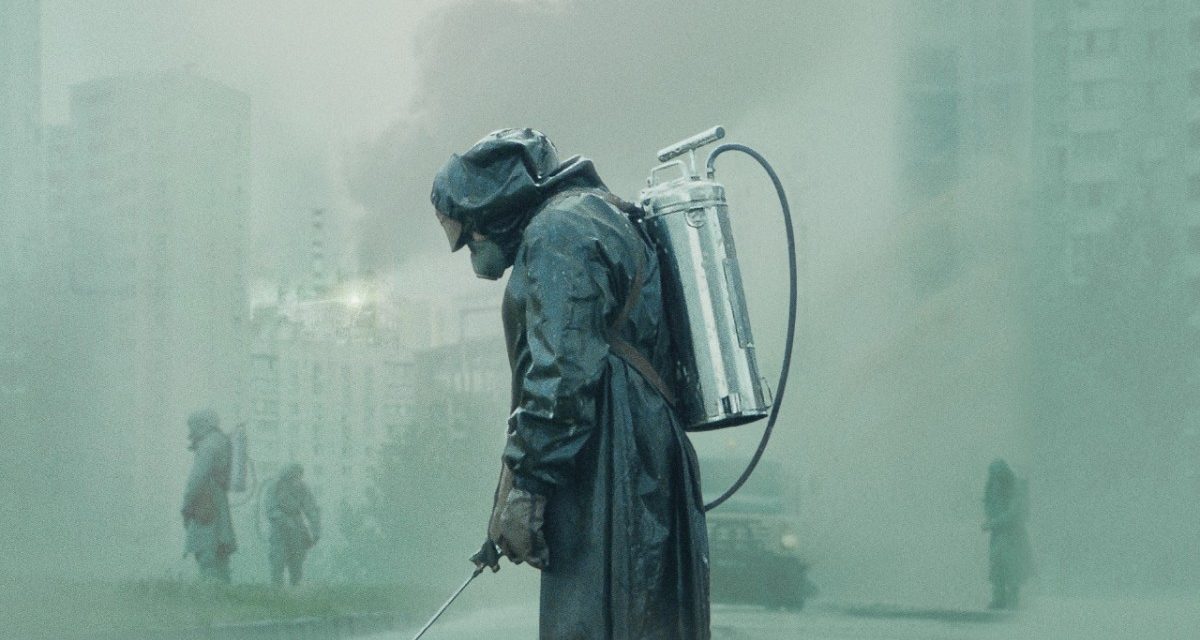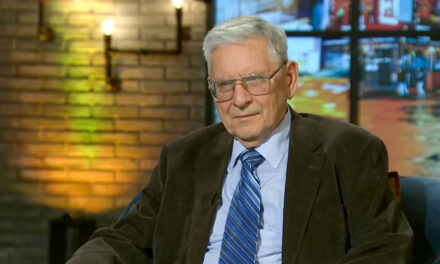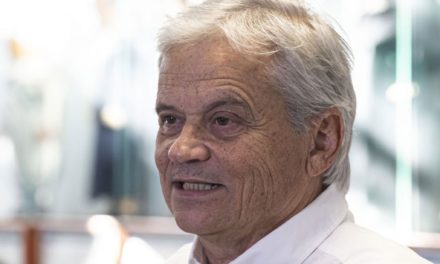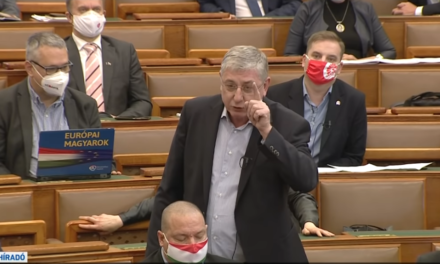Exactly 35 years ago, the Chernobyl nuclear disaster occurred in the Vladimir Ilyich Lenin nuclear power plant near the cities of Pripyat and Chernobyl in Ukraine, which was still part of the Soviet Union at the time.
Why was this technology used at the time? Partly because they were still at this level. Partly because plutonium could also be produced in this reactor, although we have no information on whether this was actually done. But similar reactors were also used in the United States in secret military facilities to produce plutonium.
However, when they wanted to build a much larger nuclear reactor compared to those, it was prevented by the son of our country, Ede Teller, who clearly saw the dangers of that technology.
We now know that on April 26, 1986, we were actually extremely lucky. The prevailing winds carried the radioactive clouds not over Hungary, but over half of Austria, the Czech Republic and Bavaria. These were later turned back by the west winds from there. Despite this, the terrified Austrians closed the border almost immediately and did not allow Hungarian agricultural products to pass through.
In the age of the Internet, it is (perhaps) no longer possible to cover up disasters as they did back then. The Soviet leadership ordered a complete news blackout in the press, in the first days no news could get out about the accident. Even two days after the disaster, the television broadcast only a terse announcement about what happened, without mentioning the possible dangers, of course. Pravda also indicated in a couple of articles on the first of May that the damage prevention had started.
At that time, the Hungarian Socialist Workers' Party ruled our country. György Lázár was the president of the Council of Ministers, Pál Losonci was the head of state. Although György Aczél was no longer the master of life and death in Hungarian cultural policy, and therefore not even in the press, he could still remain a member of the Political Committee until May 22, 1988.
In any case, due to the attitude at the time, only
what was already written in Pravda could appear here, especially about the Soviet Union. So only a small part of the Hungarian population learned about the nuclear disaster and - we can remember - we only started talking to each other days later and asked, "where were you on April 26?"

Source: Attila Asódi
However, the academic world reacted well - it would have.
That same year, at the request of the National Technical Information Center and Library, a 110-page study was completed, written by BME teachers: Iván Gács, Gábor Bede, Mihály Nagy and Elemér Virágh under the leadership of Professor Gyula Csom. Part of this scholarly work addressed the clearly visible flaws in communication and rightfully criticized the actions of the Soviet authorities.
Therefore, the study was banned by government officials.
Cover image: imdb.com












